The power of trends: the good, the bad and the pumpkin-spiced.
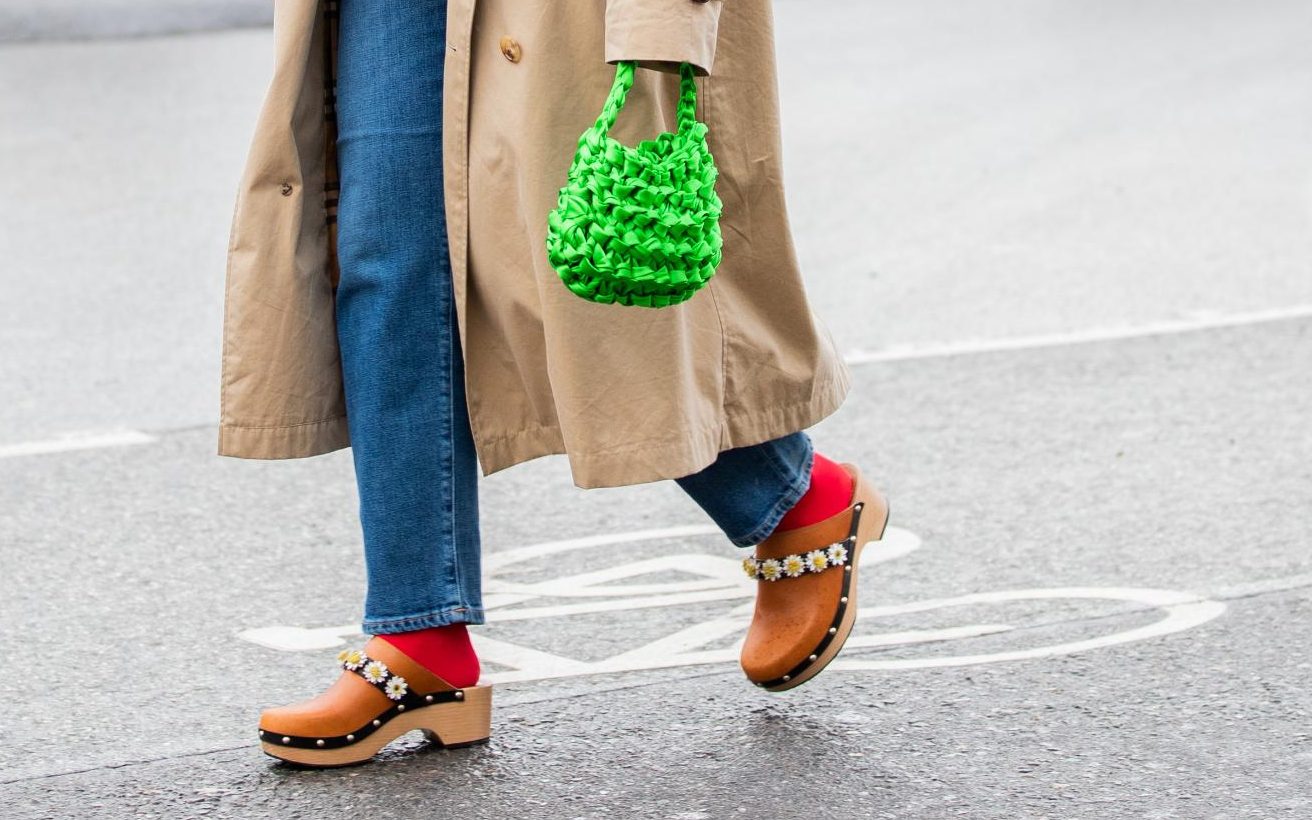
Hello friends,
What is it about this transitional time when August unfolds into September? The approach of a new season. That lingering memory of the smell of new school term books and pencil cases. The anticipation of the crisp leaves and the cool sense of maturity that autumn brings. There is a sort of volta at the moment – a turning from summer self into something else, not yet autumn but not quite summer.
Betweenness is something I’ve been trying to explore more recently. I have a tendency to organise and worry-until-fixed. Some thrive in chaos, but I find myself floundering. I believe it’s something you can learn – and valuable given that life seems to be 98% chaos and 2% things actually turning out as you planned. The ability to float in the unknown and still roughly aim yourself in a good direction could be the greatest life skill. But you can’t train it on land – you have to dive in at the deep end.
In this moment between seasons – with the memory of Clark’s school shoe fittings and M&S uniform shopping lapping at my unconscious mind – I find myself every year without fail looking forlornly into my reasonably well-stocked wardrobe and feeling like I have absolutely nothing to wear. In the last few years, fashion trends and so-called “micro-trends” have become quicker and more niche than ever before. So desperate are folks to be out of that grey no man’s land of “unfashionable”, that trends no longer last a whole season. But just for once, let us ignore the neon garden clogs/furry bag/whatever it was that was everywhere in Copenhagen Fashion Week. This month, we pledge to dash caution to the wind, wear our most desperately untrendy clothes, and sit firmly in the between space to explore contemporary trends and social contagion.
“I love borders. August is the border between summer and autumn; it is the most beautiful month I know. Twilight is the border between day and night, and the shore is the border between sea and land.”
Tove Jansson
One good friend
Trends are a kind of social contagion. Ideas are so easily planted in our minds, and so quickly subsumed as part of our sense of self. There is an ancient part of the brain that is programmed to mimic in order to survive. Instinctive mimicry can lead us to crave fashions that we know look terrible on us (looking at you, neon garden clogs), to adopt the body language or prosody of a person we’re speaking to, or, in extreme moments, can make us feel like we’re really, properly unwell.
Social contagion is the culprit behind multiple mysterious diseases. In 2003, hundreds of teenagers in Portugal suddenly developed strange rashes, dizziness and breathing problems. The cause? A character on a popular soap opera “Morangos com Açúcar” contracted a life-threatening disease with similar vague symptoms – a disease that was entirely fictional. But it’s not just impressionable young teens that are susceptible. Take the sudden occurrence of symptoms among American and Canadian officials in Cuba, who thought spies were using some kind of sonic weapon to attack them in their homes. It turned out that their painful tinnitus, nausea, and vertigo were symptoms of psychogenic illness rather than hostile enemy forces. The officials were passing the symptoms between a tight knit, paranoid community. But interestingly, social contagion can work the opposite way too.
In his book The Expectation Effect, David Robson explores the nature of the mind, and its power over our experience of reality, our health, and our communities.
“Imagine you become friends with someone with an astonishingly positive attitude, who is incredibly satisfied with their life. You might feel a bit glad for them, but could their joy really bring lasting happiness to your life too? According to one longitudinal survey – the Framingham Heart study – the answer is yes. Because of your regular interactions with them, you would be 15% more likely to score highly on the survey’s measure of life satisfaction – despite no direct change to your immediate circumstances.
How about your friend’s friend? The same study found that their happiness will be passed on to your friend, who passes it on to you, increasing your chances of happiness by about 10%. Your current satisfaction with life is even influenced by a friend of a friend of a friend, who can increase your chance of happiness by about 6%. These are people you almost certainly have never even met, and probably you don’t even know of their existence, but they are nevertheless influencing your well-being through a chain of interactions.”
We don’t often think about how our actions might affect the friends of our friend’s friend – but perhaps just knowing that we could be the person to have that wide circle of positive influence could encourage us to be a more positive version of ourselves day to day.
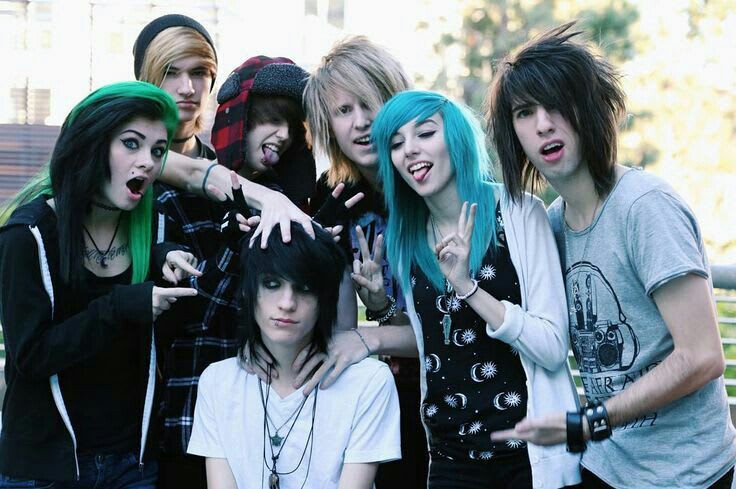
The fall of trends
Subcultures have extended their reach into all demographics over time, but from the beginning – and perhaps at heart – it’s distinctively a “young people thing”. From the moment ad execs coined the term “teenage” in the early 20th century, young folks have thrived on consuming and creating pockets of alternative culture. From the Teddy Boys, to the Rockers, to the Skinheads and beyond – local music, art, politics, and interests have brought people together, and helped young minds forge a deeper sense of identity.
A subculture can only exist where a monoculture exists. Monoculture is a shared group dynamic – it represents the mainstream views, fashions, beliefs or objectives of society. In the mid 1960s, the Centre for Contemporary Cultural Studies (CCCS) at the University of Birmingham launched various projects to analyse the emerging subcultures. They found that all were undeniably class-based, with the majority young, lower-middle class white males, and that all shared the desire to exhibit “symbolic resistance against mainstream consumption imperative of capitalism”. One of the subcultures’ most defining elements was their aesthetics – clothing, hair, make up and behaviour. One scholar suggested that rejection of bourgeois lifestyle, though powerful in look and feel, would have little to no social impact, and worked conversely to negatively reinforce low social status.
Fashion YouTuber Mina Le recently posted a video about the modern disintegration of subcultures. “Aestheticising the everyday life” she says, or “being the main character of your story” have become the M.O. for youth culture in Gen Z. Le suggests that the concept of identity today is much looser than it was pre-internet – and today’s Zoomers, raised by the internet and shaped by digital reality in lockdowns, have a different sense of self. “Zoomers don’t feel the need to solidify and define identity as they exist in a disposable, digital landscape,” she says. In part, it is a reaction to the simultaneous dissolution of monoculture in modern society. In a digitally-informed existence where echo chambers, algorithms and niche communities exist, the mainstream is crumbling, and so, subcultures with it. Instead of a solid monoculture to vibe with or against, people find themselves as part of a curated “taste community”. For every one of us scrolling on our phones, the universe of digital reality is aggregated especially to suit our preferences and histories. There is an endless gallery of fashions, interiors, lifestyles, interests, food and destinations to align your digital self to. With mass media and fast fashion so prevalent, it’s easy to order anything for cheaper than ever, from almost anywhere in the world, and have it delivered to your door. It’s not the same as the once-monthly family trip to the local shopping centre of yore, or spending your entire teenage allowance on a single band T-shirt. Young people don’t need to be selective and choosy like they used to – they no longer need to align themselves firmly and semi-permanently to one niche. There is no local influence or limitation. Anyone can be anything at the drop of a hat.
In his Apollo magazine article, Peter Watts suggests the last unique youth tribes were emo and NuRave in the mid-2000s, because after that era, the internet removed the ability to develop localised real-life “scenes”. Today, subcultures are killed off too soon. Before they have a chance to properly evolve or develop within a tight-knit group that’s connected to a cause or political message, they are co-opted and capitalised on by brands. Once a trend has been captured – once you can “shop the look” – it suddenly feels passé. Switched-on youngsters are sensitive to this kind of exploitation, calling it “choice-shattering” – as if everything you choose is being sold to you in one way or another. Fashion designer and photographer Nuria Revuelta says:
“the ubiquity and accessibility of clothing have made it more difficult to make a statement with what you wear, and it is only becoming increasingly common for growing cultural movements to find themselves absorbed (and monetised) by mainstream institutions.”
In a world where it’s impossible to form a tribe, where subcultures and trends do not exist, aesthetics melt into a ubiquitous pond of everything-ness. For almost a decade, subcultures have helped people define themselves and find community. As that melts away and people can dress in one style one day and another the next – how will we look in new directions to define our sense of self?
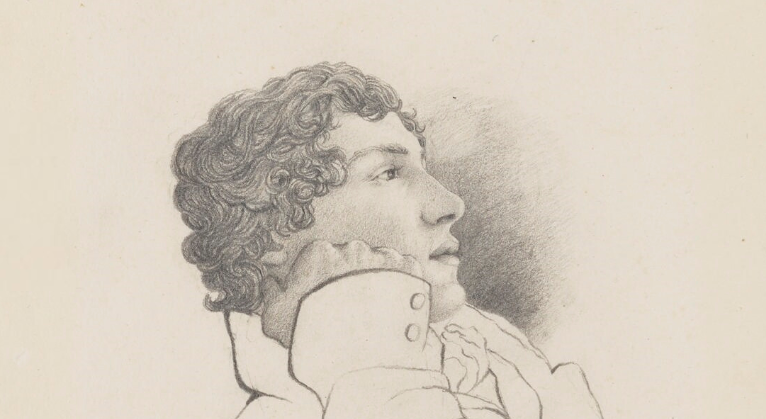
On looking forwards
But, ah, autumn. Beyond the wistful longings for Fashion Week trends, there is a familiar essence to the season. We come back to our old friends – knitwear on skin, stockinged feet in boots, crisp air in the lungs, thick earthy smells in the air. As the leaves start to turn the world becomes rich, wholesome, honest. I always think about Jordan in F.Scott Fitzgerald’s sweltering masterpiece saying “life starts over again when it turns crisp in the fall.” The rosy-lensed new beginnings the characters hope for in The Great Gatsby are not those they end up with, but Jordan’s observation rings true nonetheless. But let us idle a little longer on the coattails of summer, let our freckles fade, watch the leaves drop and “let fair things pass by unheeded”, as Keats suggests. Until next time!
The Human Seasons
John Keats (1795 –1821)
Four Seasons fill the measure of the year;
There are four seasons in the mind of man:
He has his lusty Spring, when fancy clear Takes in all beauty with an easy span: He has his Summer, when luxuriously Spring’s honeyed cud of youthful thought he loves To ruminate, and by such dreaming high Is nearest unto Heaven: quiet coves His soul has in its Autumn, when his wings He furleth close; contented so to look On mists in idleness—to let fair things Pass by unheeded as a threshold brook:— He has his Winter too of pale misfeature, Or else he would forego his mortal nature.
Until next month…
May you be well, happy, whole, and free.
T & B
~~~~~~
Invite your friends to subscribe!
![]() Unlikely meeting points & unlikely collaborations 🌗
Unlikely meeting points & unlikely collaborations 🌗![]() Sit in the middle of things 🧘♀️🪻
Sit in the middle of things 🧘♀️🪻![]() 5 things I learned at a Buddhist monastery
5 things I learned at a Buddhist monastery![]() 6 good things to do
6 good things to do![]() Extraordinary ordinariness: space orbits and sleeping dogs
Extraordinary ordinariness: space orbits and sleeping dogs![]() The ebb and flow of things
The ebb and flow of things![]() A short breath in the bardo
A short breath in the bardo![]() A slender cord of grace
A slender cord of grace![]() Artists reflect on water
Artists reflect on water![]() A love letter to a loaded gun
A love letter to a loaded gun![]() Are you for real?
Are you for real?![]() What is a good life?
What is a good life?![]() Who decides what you think?
Who decides what you think?![]() When new year should be according to history...
When new year should be according to history...![]() Does Mozart really make you smarter?
Does Mozart really make you smarter?![]() Old stories to find light in dark times
Old stories to find light in dark times![]() The human need to put things together
The human need to put things together![]() The power of trends: the good, the bad and the pumpkin-spiced.
The power of trends: the good, the bad and the pumpkin-spiced.![]() From terrestrial to celestial – where do we find inspiration?
From terrestrial to celestial – where do we find inspiration?![]() The illusion of ownership
The illusion of ownership![]() Let’s go down the rabbit hole 🐇
Let’s go down the rabbit hole 🐇![]() Identity, the artist, and #goblinmode
Identity, the artist, and #goblinmode![]() Punk and her godmothers
Punk and her godmothers![]() The ultimate journey – homecoming, heroes and wholeness.
The ultimate journey – homecoming, heroes and wholeness.![]() It’s mushroom month...
It’s mushroom month...![]() Robots, AI and artistry, oh my!
Robots, AI and artistry, oh my!![]() Longevity, love and memory...
Longevity, love and memory...![]() Summer, Freud and a sonnet...
Summer, Freud and a sonnet...![]() When surreal makes sense – exploring with Dorothea Tanning, Olga Tokaczuk and more...
When surreal makes sense – exploring with Dorothea Tanning, Olga Tokaczuk and more...![]() Twists and turns with Mary Oliver, Alan Watts and Astrid Lindgren...
Twists and turns with Mary Oliver, Alan Watts and Astrid Lindgren...![]() First flowers of spring: the need for beauty and hope at all times
First flowers of spring: the need for beauty and hope at all times![]() Defining reality, playing with illusion with Robert Frost, Hilma Af Kilnt and more...
Defining reality, playing with illusion with Robert Frost, Hilma Af Kilnt and more...![]() Celebrating the cycles of light and dark with Joan Didion, Danez Smith and more...
Celebrating the cycles of light and dark with Joan Didion, Danez Smith and more...
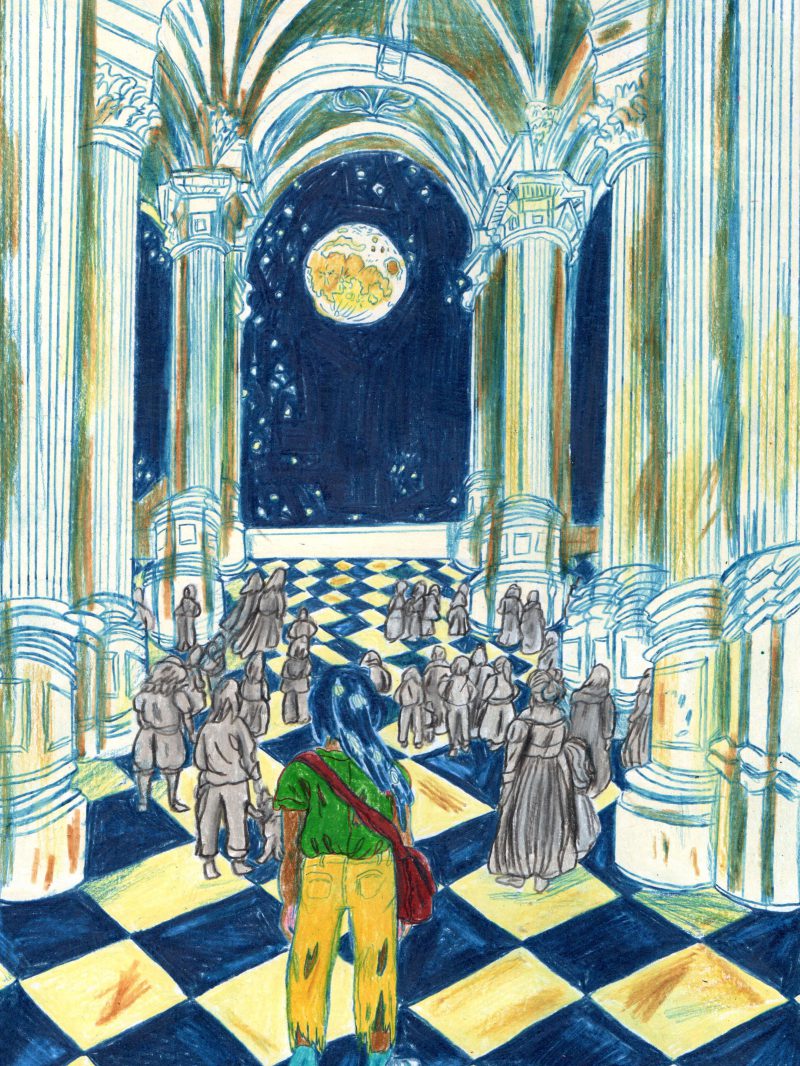 Unlikely meeting points & unlikely collaborations 🌗
Unlikely meeting points & unlikely collaborations 🌗 Sit in the middle of things 🧘♀️🪻
Sit in the middle of things 🧘♀️🪻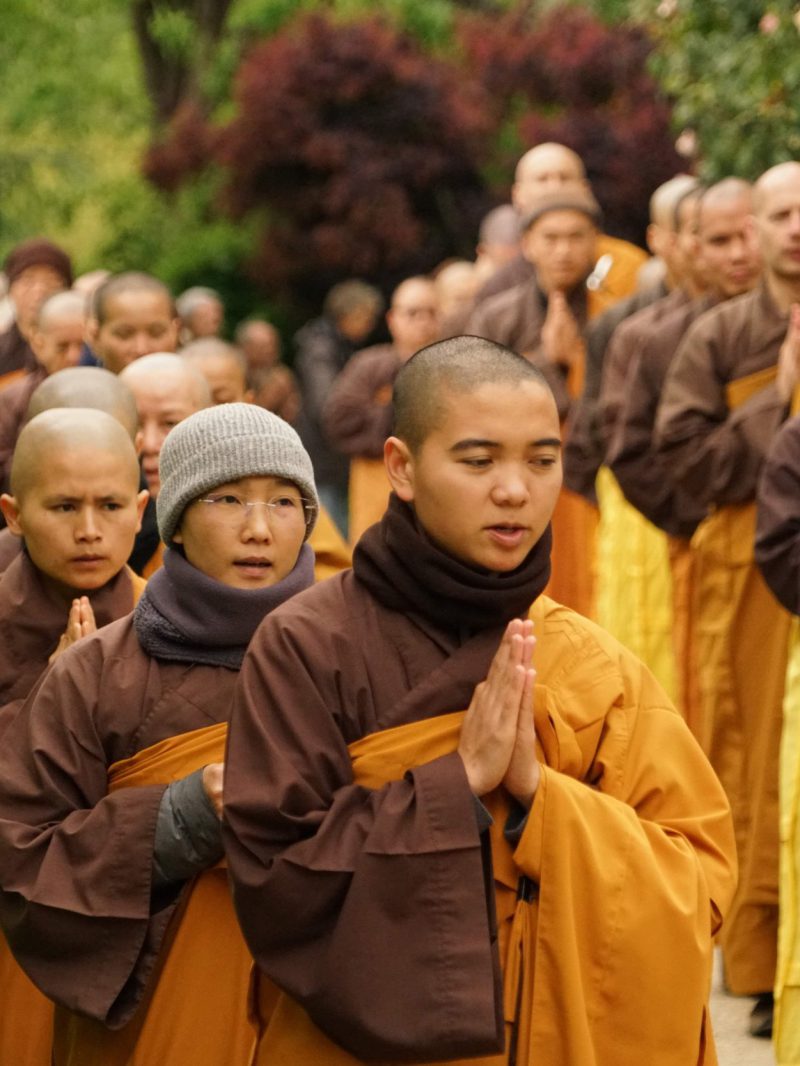 5 things I learned at a Buddhist monastery
5 things I learned at a Buddhist monastery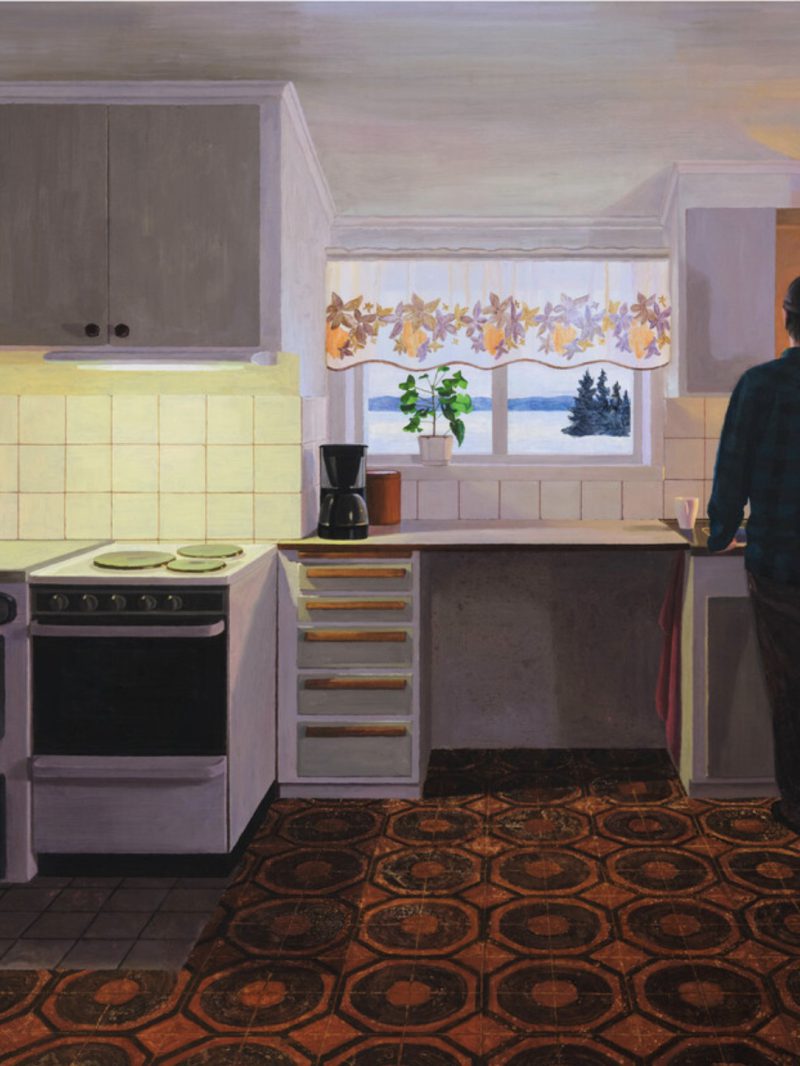 6 good things to do
6 good things to do Extraordinary ordinariness: space orbits and sleeping dogs
Extraordinary ordinariness: space orbits and sleeping dogs The ebb and flow of things
The ebb and flow of things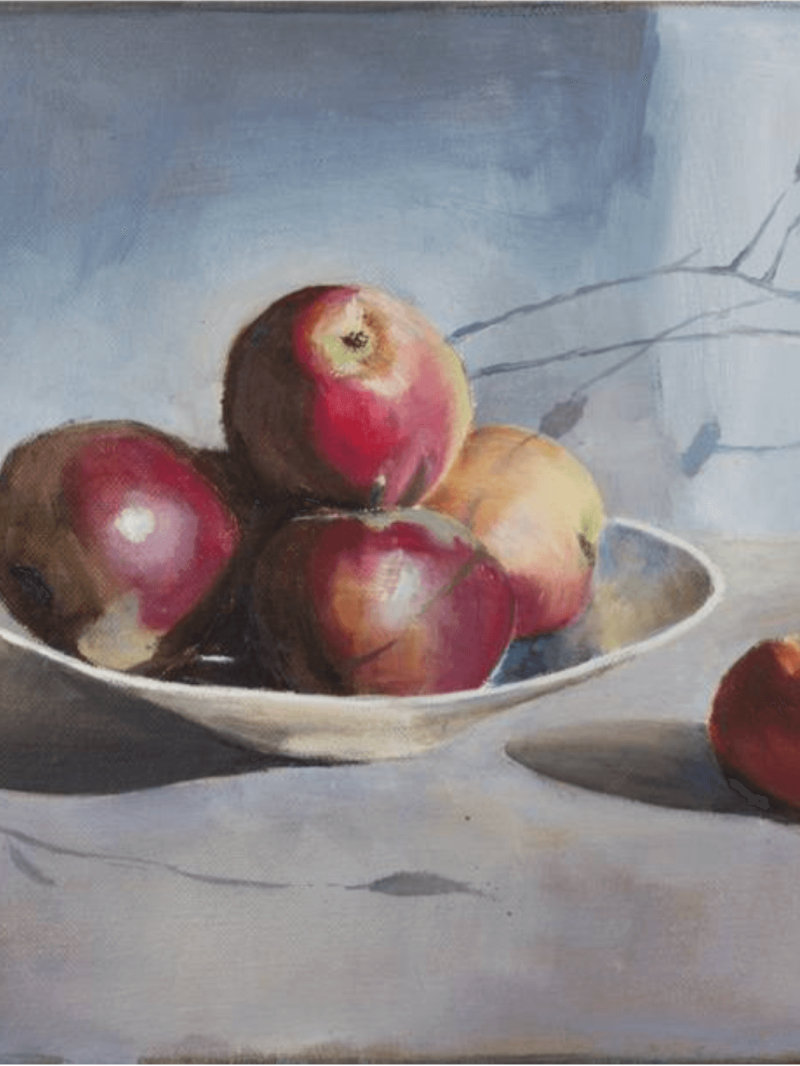 A short breath in the bardo
A short breath in the bardo A slender cord of grace
A slender cord of grace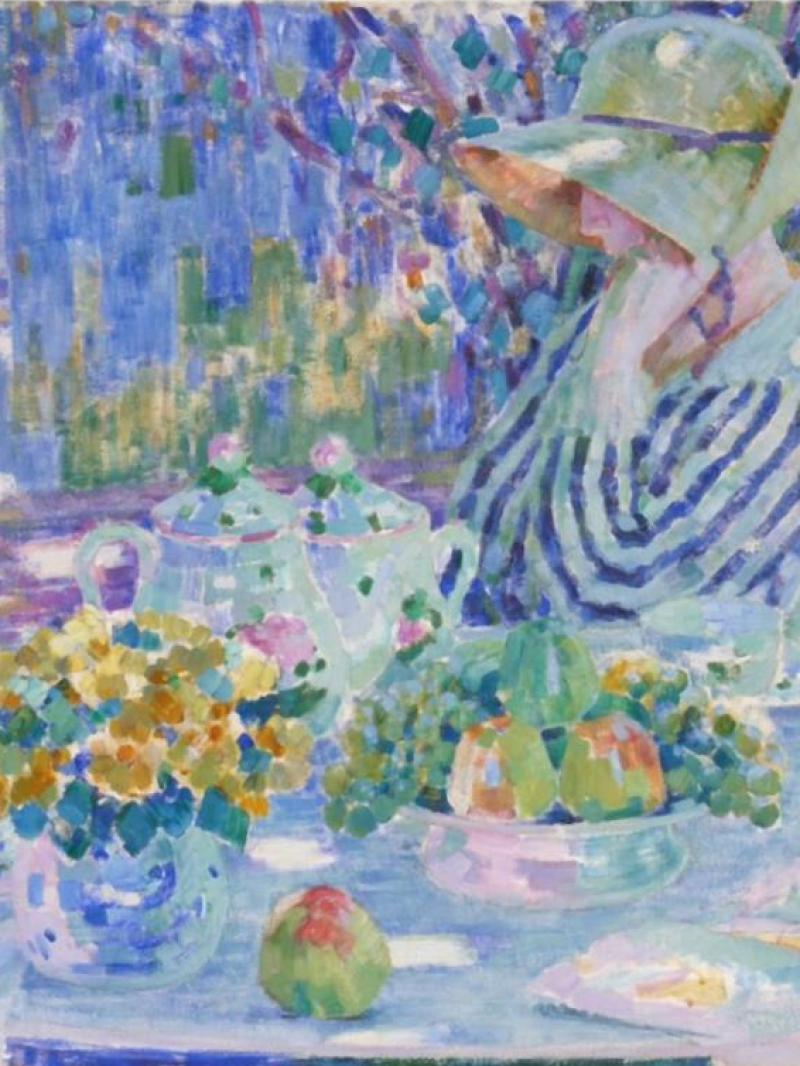 Artists reflect on water
Artists reflect on water A love letter to a loaded gun
A love letter to a loaded gun Are you for real?
Are you for real?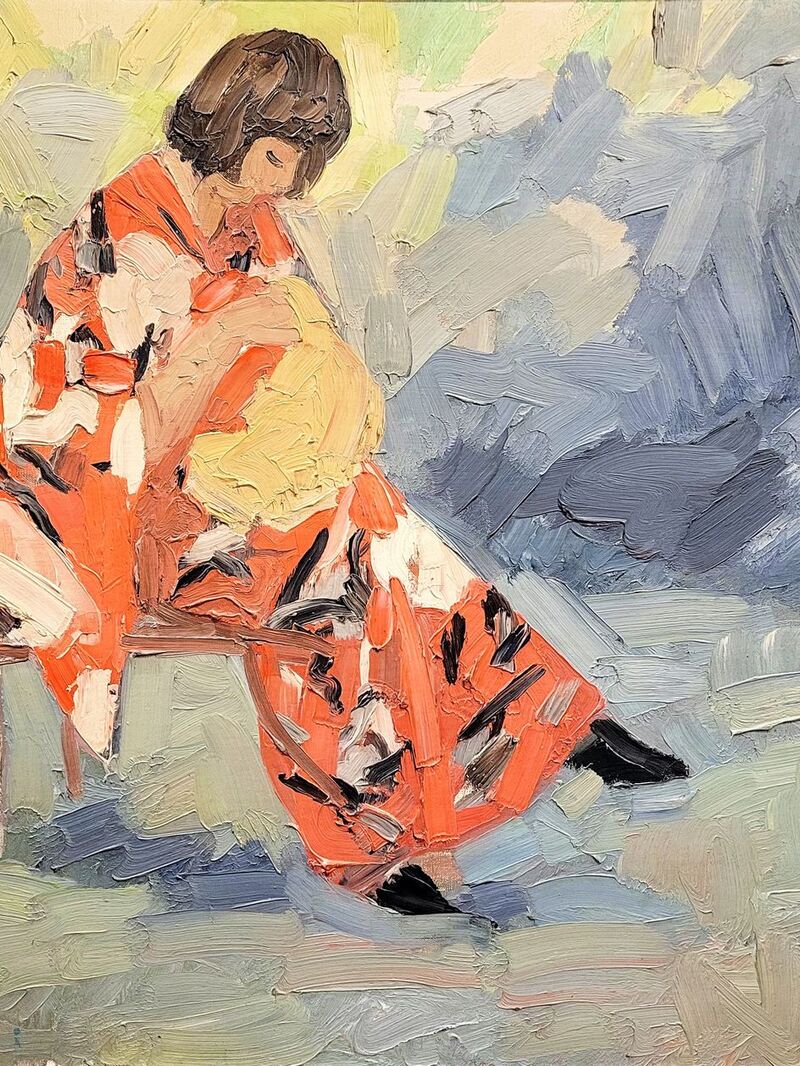 What is a good life?
What is a good life?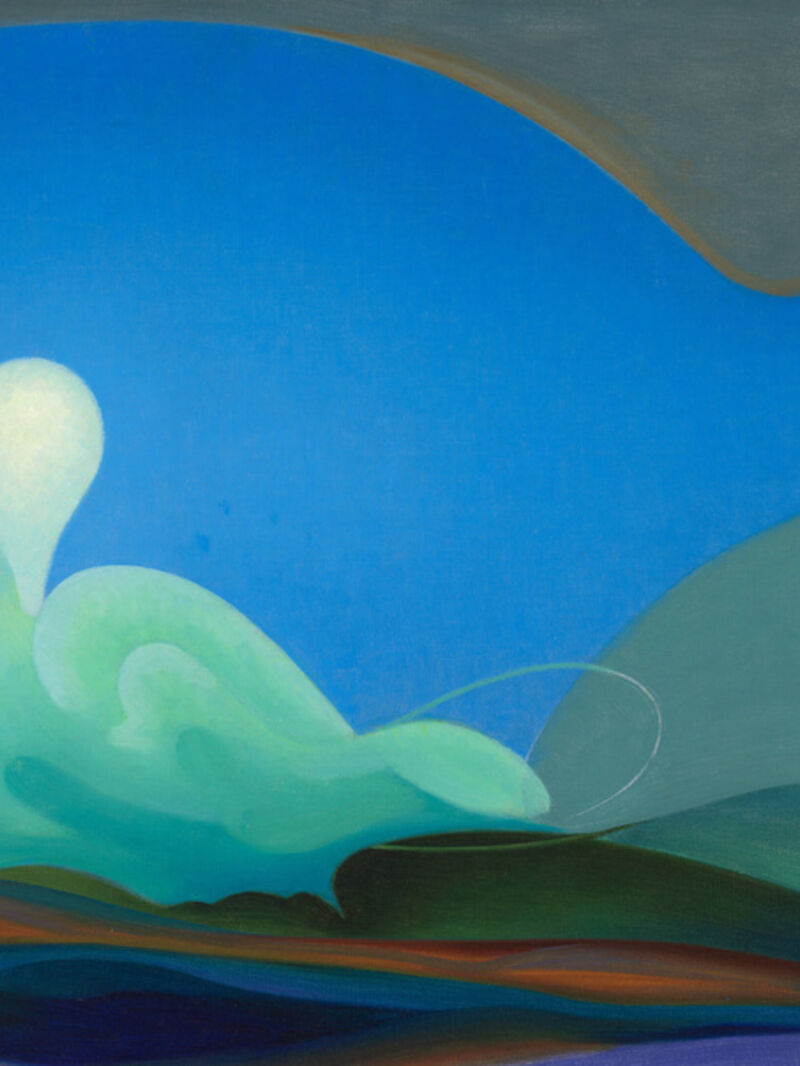 Who decides what you think?
Who decides what you think?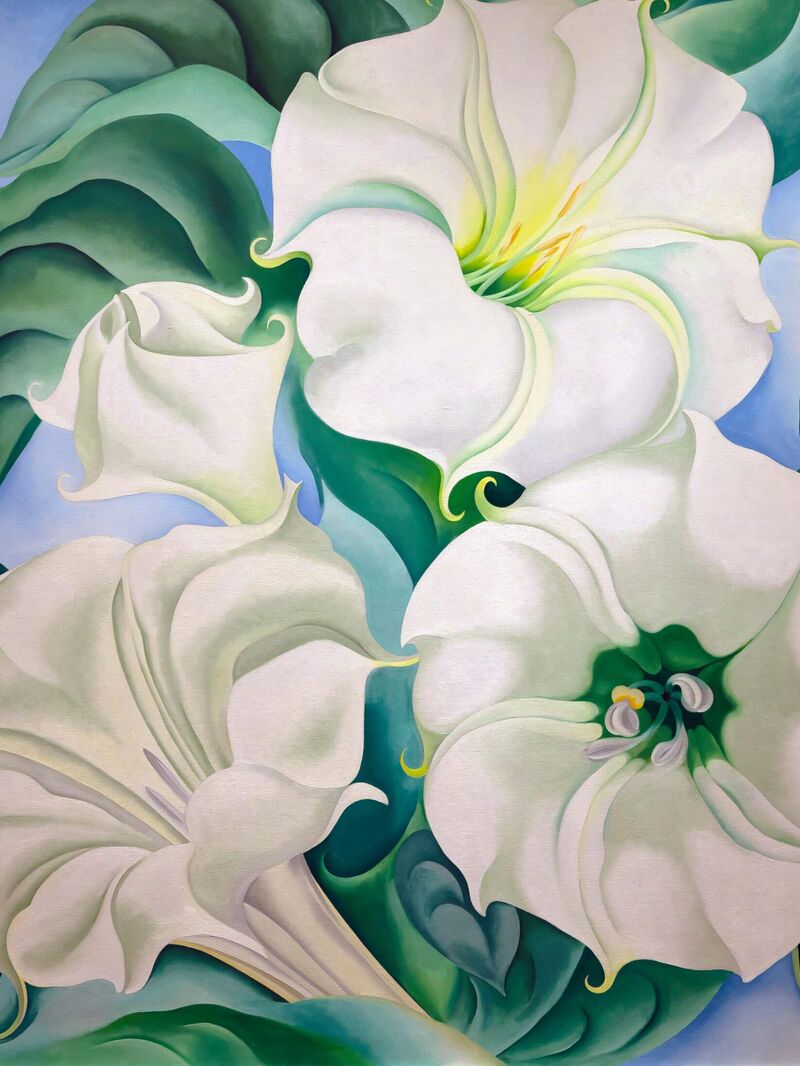 When new year should be according to history...
When new year should be according to history...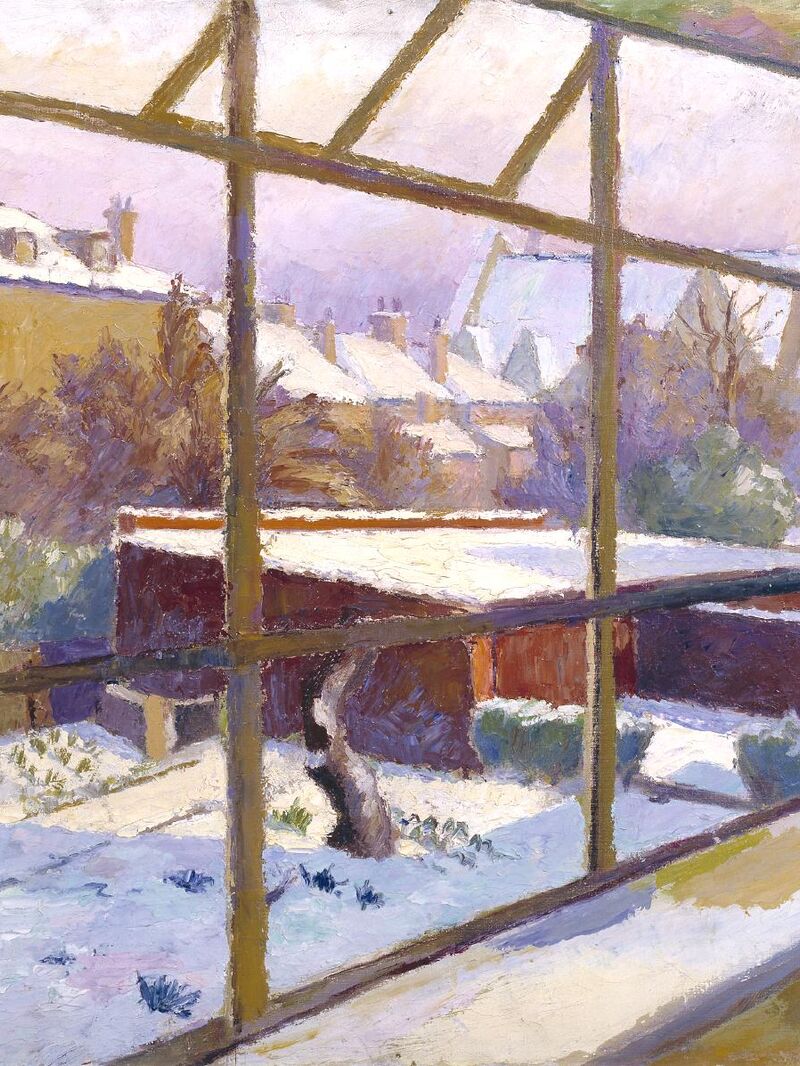 Does Mozart really make you smarter?
Does Mozart really make you smarter?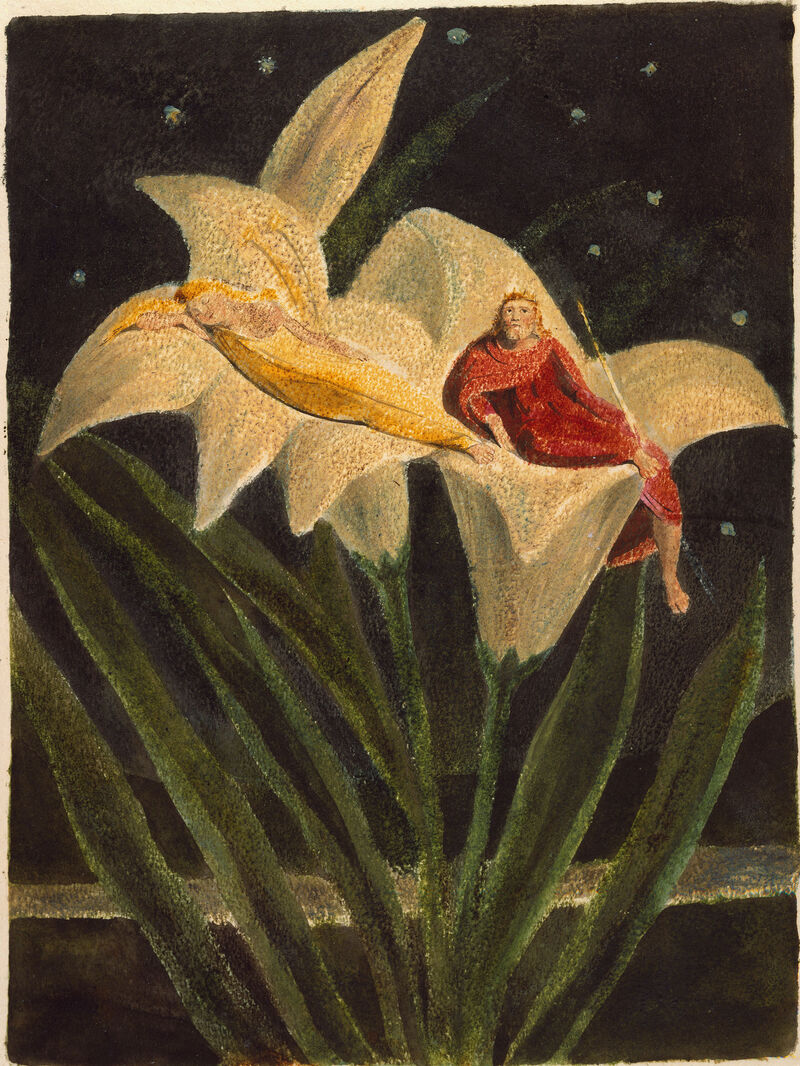 Old stories to find light in dark times
Old stories to find light in dark times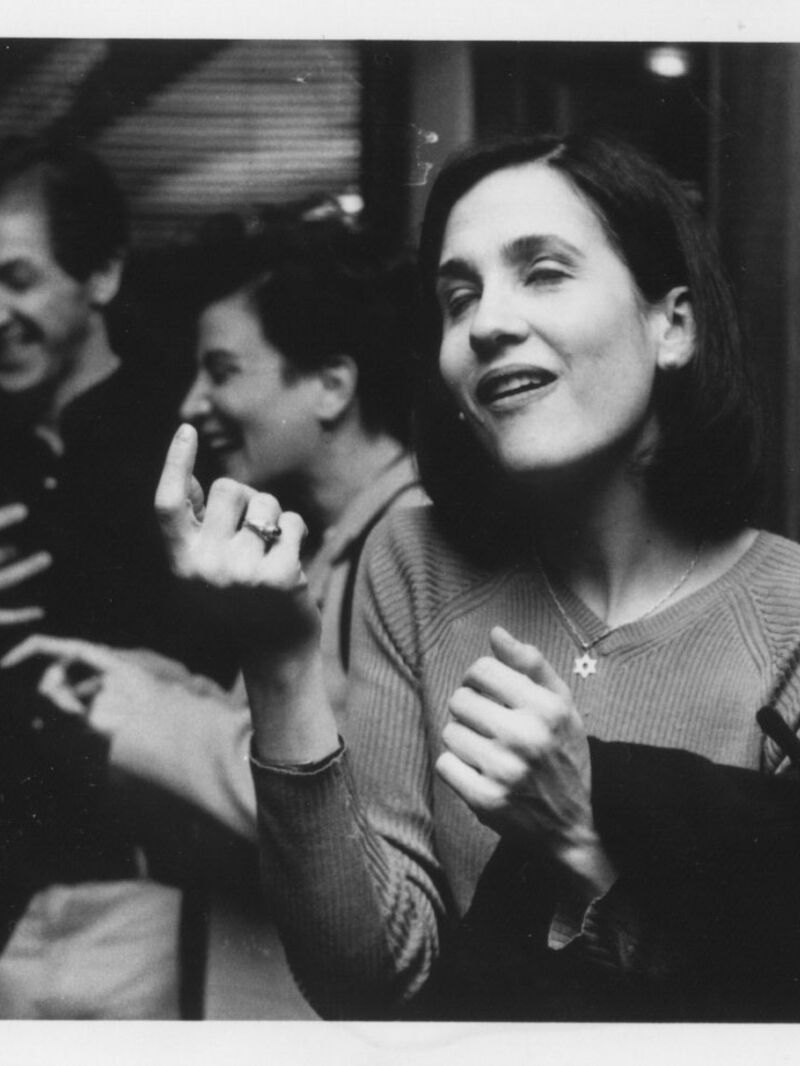 The human need to put things together
The human need to put things together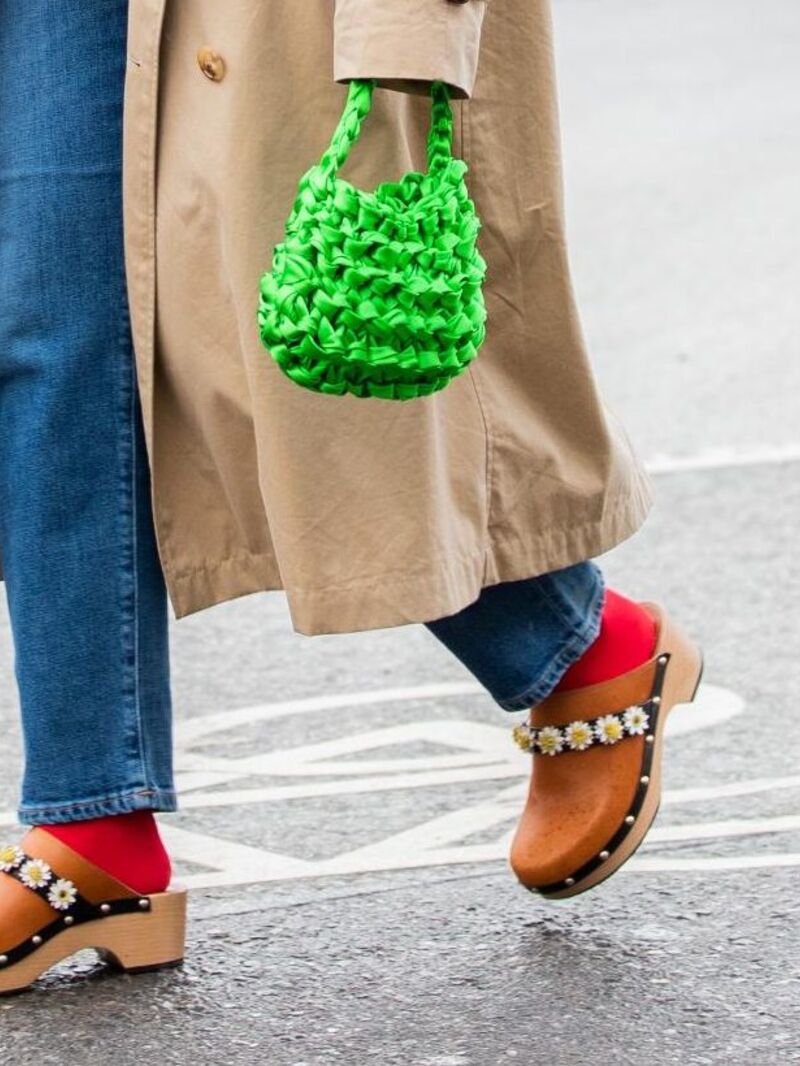 The power of trends: the good, the bad and the pumpkin-spiced.
The power of trends: the good, the bad and the pumpkin-spiced. From terrestrial to celestial – where do we find inspiration?
From terrestrial to celestial – where do we find inspiration?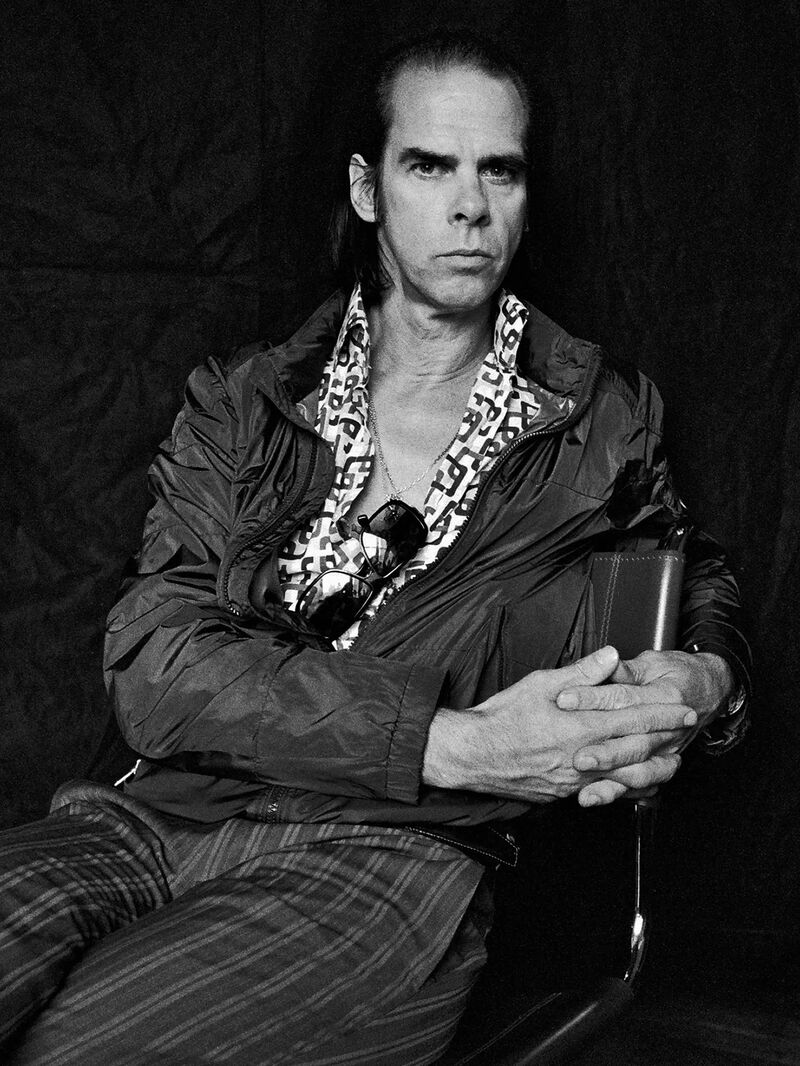 The illusion of ownership
The illusion of ownership Let’s go down the rabbit hole 🐇
Let’s go down the rabbit hole 🐇 Identity, the artist, and #goblinmode
Identity, the artist, and #goblinmode Punk and her godmothers
Punk and her godmothers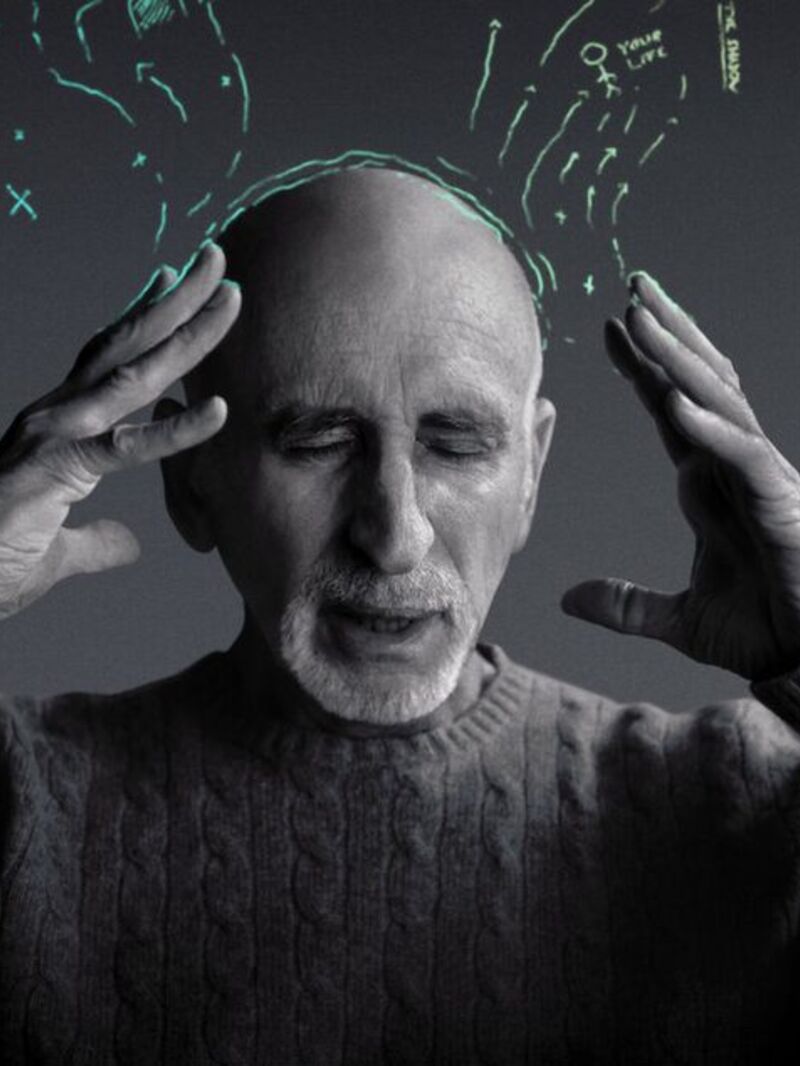 The ultimate journey – homecoming, heroes and wholeness.
The ultimate journey – homecoming, heroes and wholeness. It’s mushroom month...
It’s mushroom month... Robots, AI and artistry, oh my!
Robots, AI and artistry, oh my! Longevity, love and memory...
Longevity, love and memory...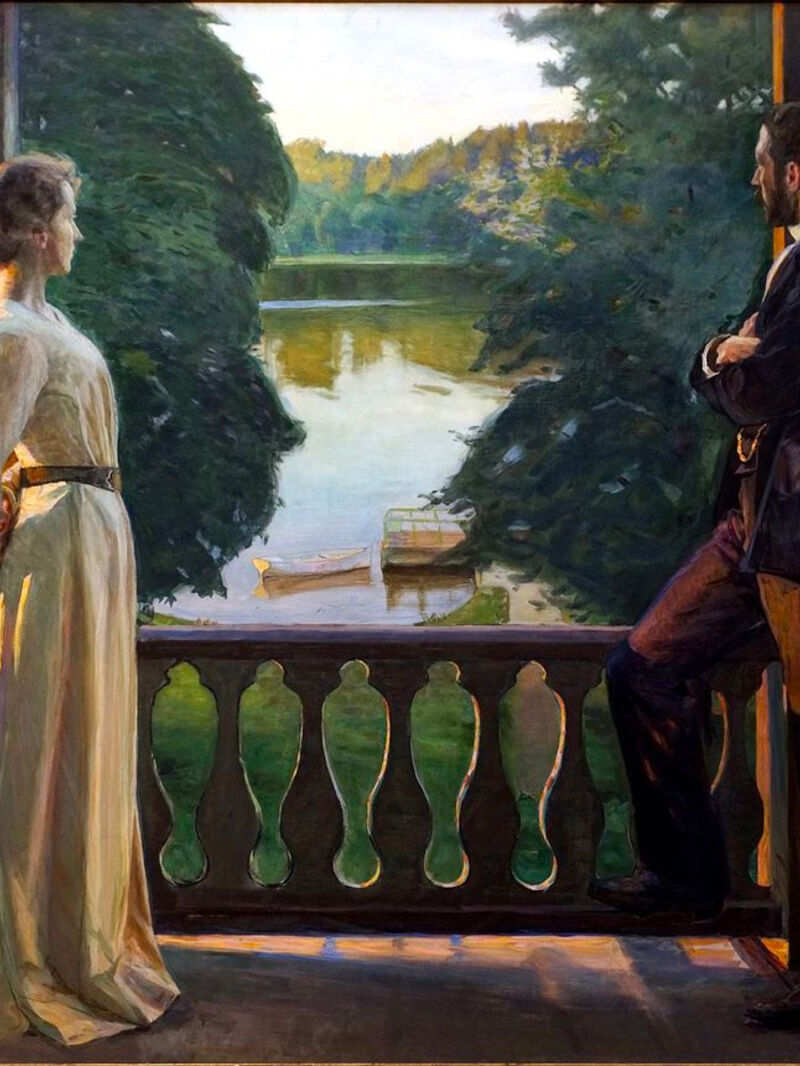 Summer, Freud and a sonnet...
Summer, Freud and a sonnet...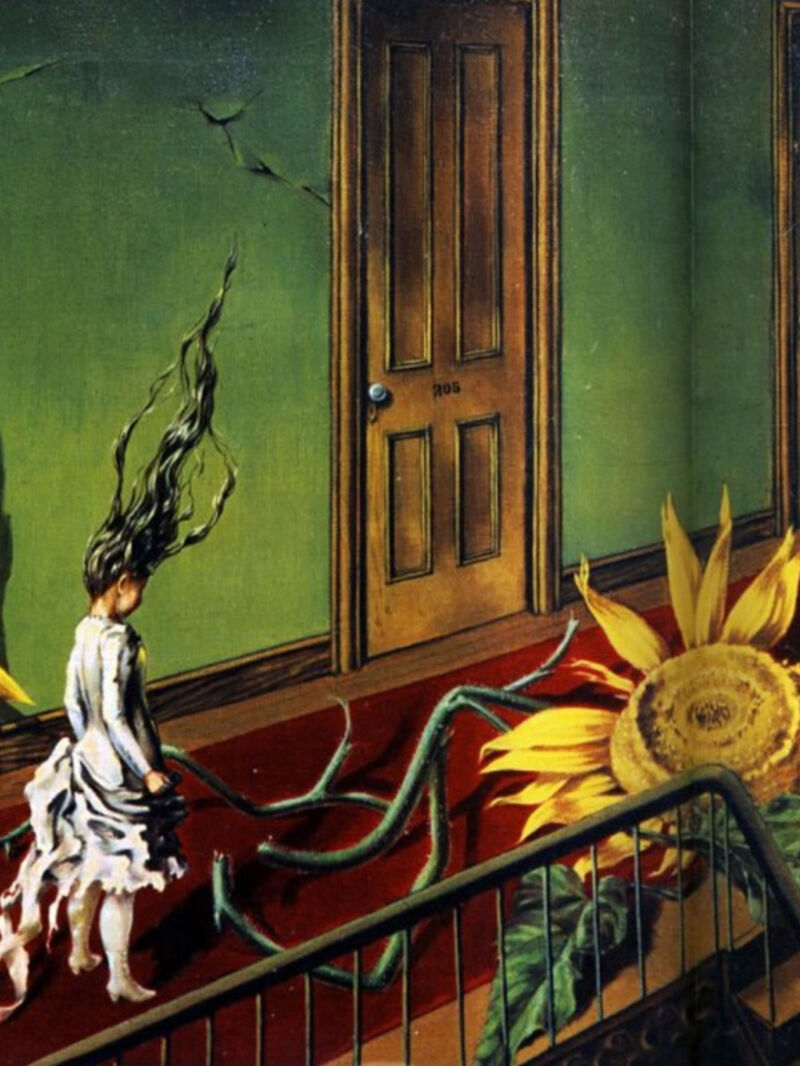 When surreal makes sense – exploring with Dorothea Tanning, Olga Tokaczuk and more...
When surreal makes sense – exploring with Dorothea Tanning, Olga Tokaczuk and more...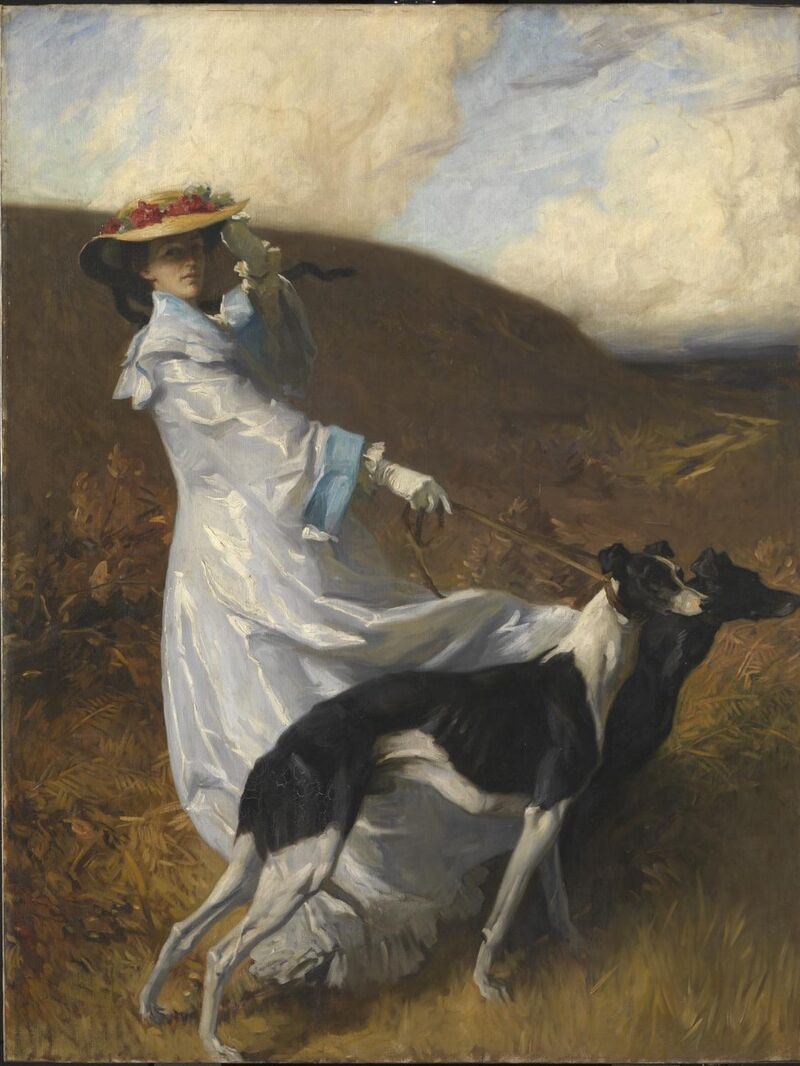 Twists and turns with Mary Oliver, Alan Watts and Astrid Lindgren...
Twists and turns with Mary Oliver, Alan Watts and Astrid Lindgren...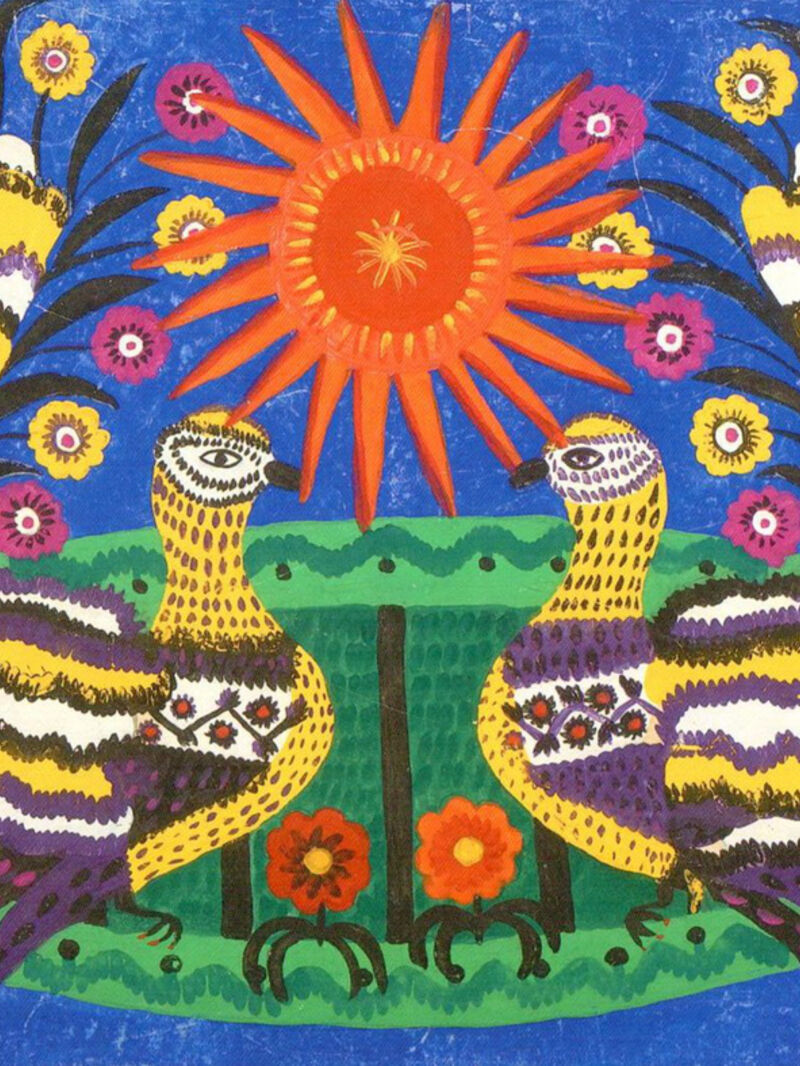 First flowers of spring: the need for beauty and hope at all times
First flowers of spring: the need for beauty and hope at all times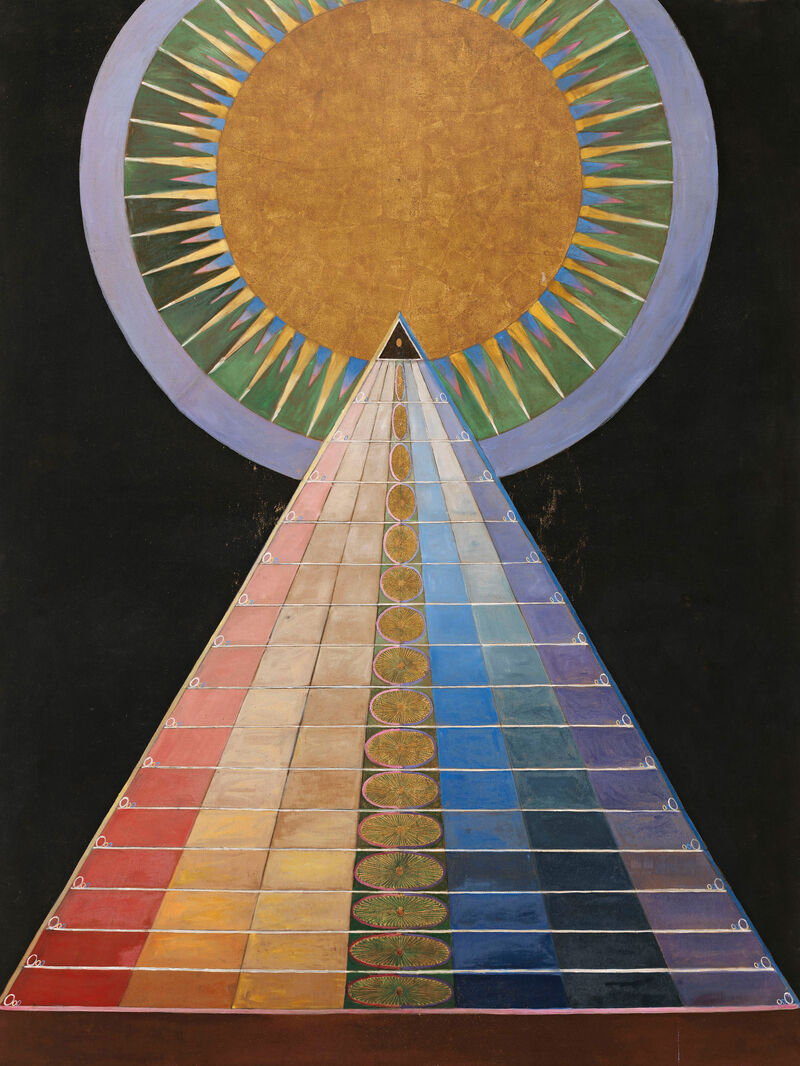 Defining reality, playing with illusion with Robert Frost, Hilma Af Kilnt and more...
Defining reality, playing with illusion with Robert Frost, Hilma Af Kilnt and more...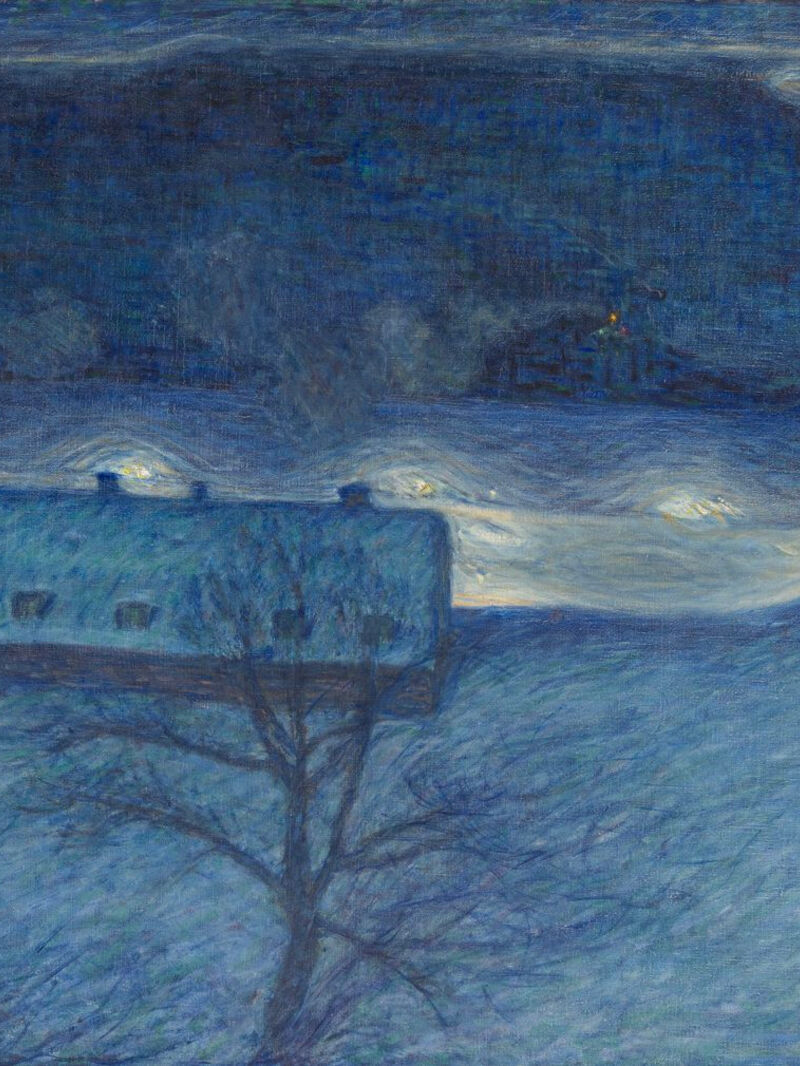 Celebrating the cycles of light and dark with Joan Didion, Danez Smith and more...
Celebrating the cycles of light and dark with Joan Didion, Danez Smith and more...